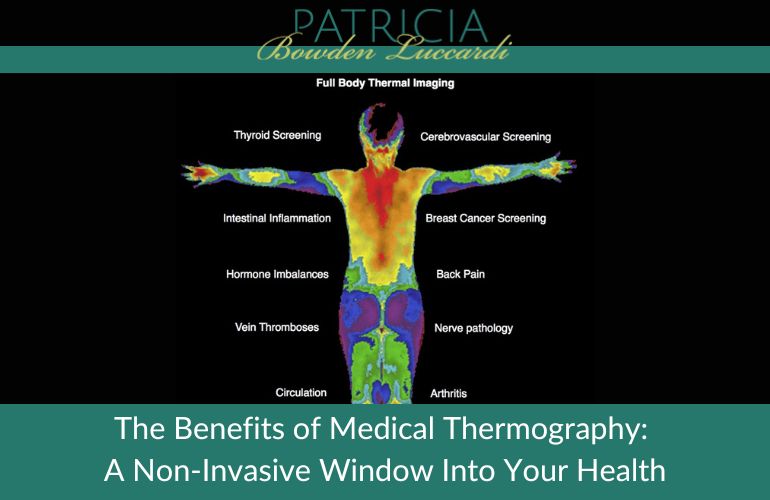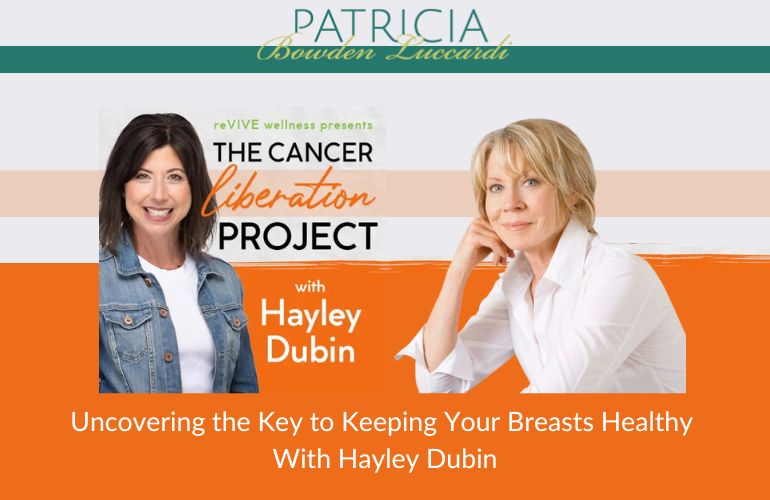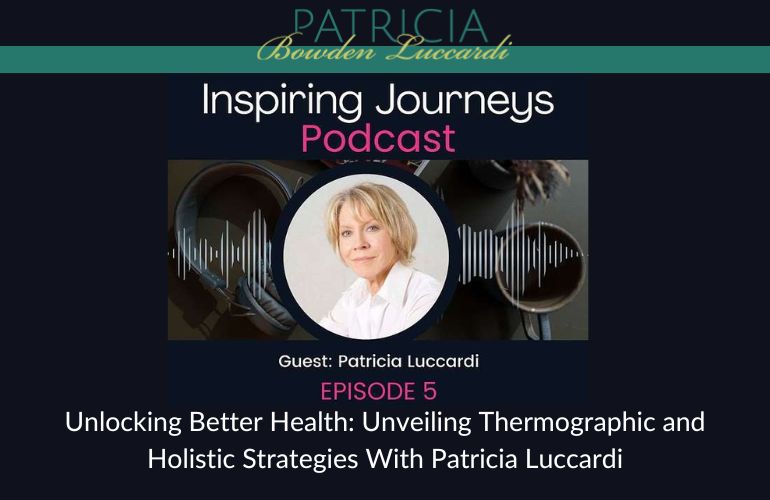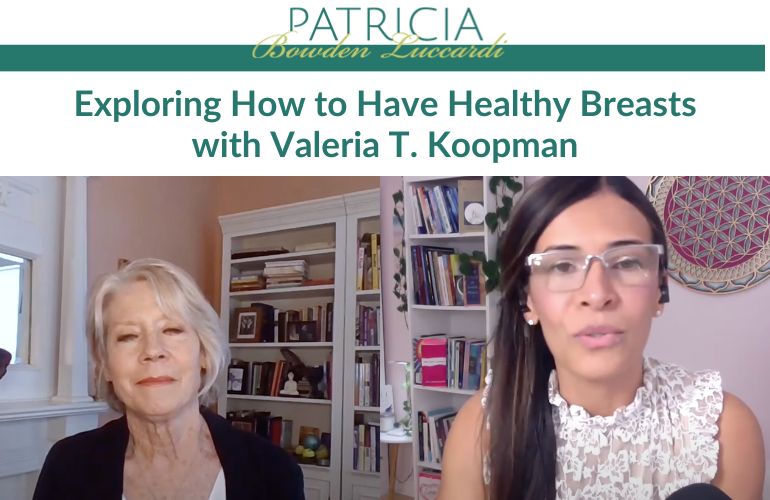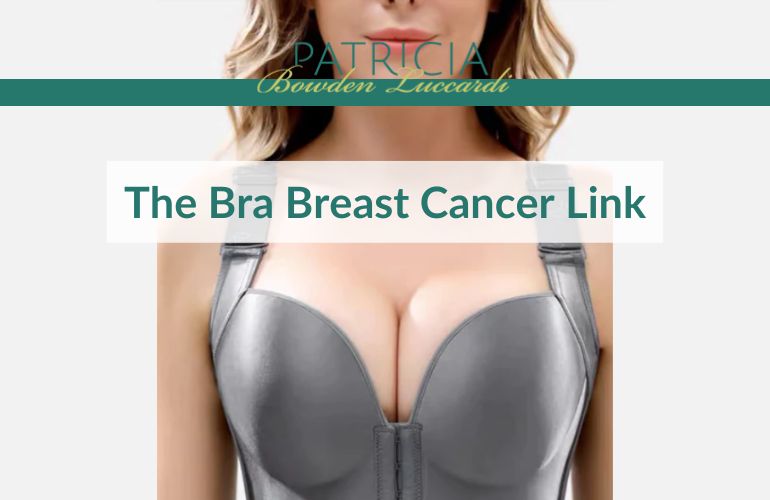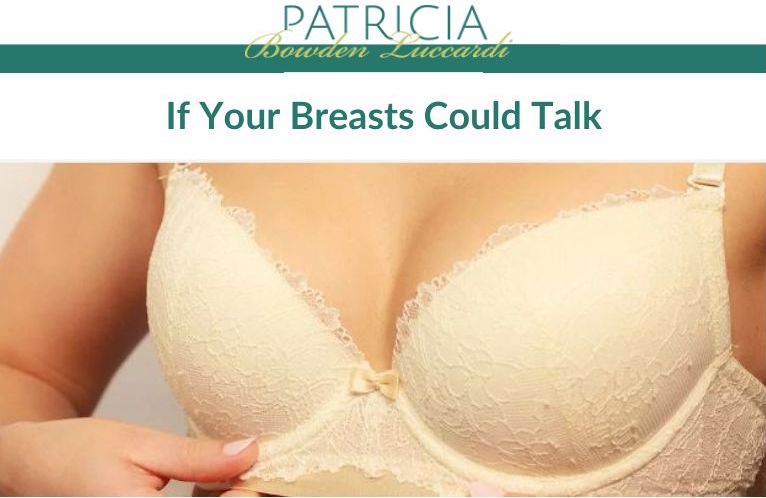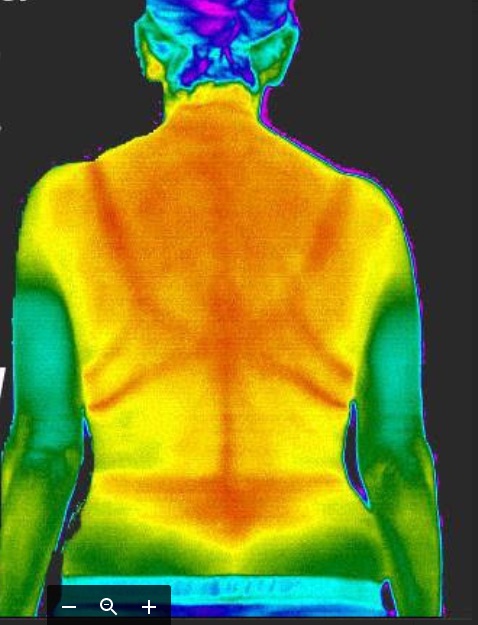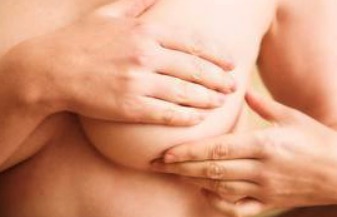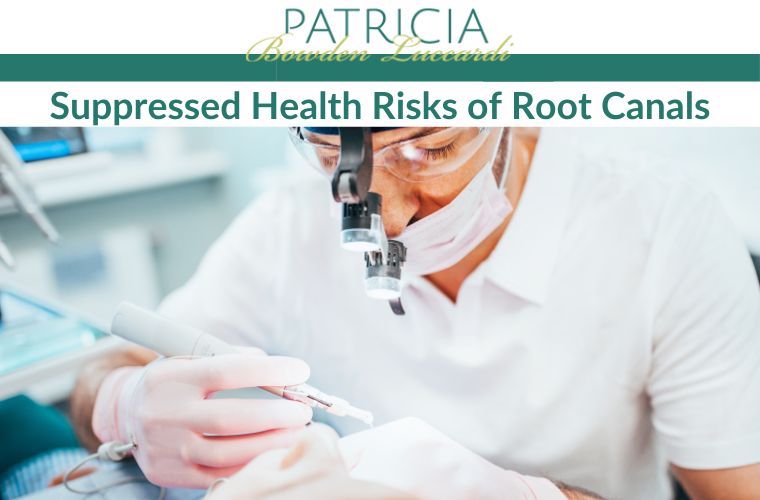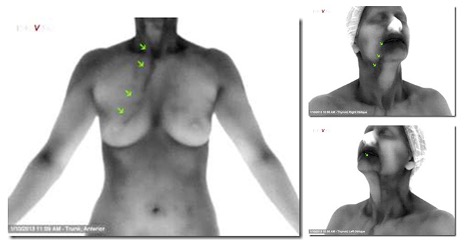The Benefits of Medical Thermography: A Non-Invasive Window Into Your Health
Leave a CommentWhen it comes to proactive health care, early detection is key.
Medical thermography is a powerful tool in holistic and preventative medicine circles.
But what exactly is medical thermography, what are the benefits of medical thermography, and why are more people turning to it?
Let’s break it down.
What Is Medical Thermography?
Medical thermography is a non-invasive diagnostic technique that uses a specialized infrared camera to detect heat patterns and blood flow in body tissues.
Because inflammation often produces more heat, thermography can highlight areas of concern – sometimes even before symptoms occur.
Top Benefits of Medical Thermography
1) Early Detection of Inflammation
Inflammation is the body’s early warning signal, often appearing before structural changes occur.
Early detection is key, as thermography can detect these heat patterns, typically before other imaging tests may show something is wrong.
This makes it especially useful for identifying early-stage issues such as:
- Cardiovascular dysfunction
- Breast tissue changes
- Musculoskeletal injuries
2) Radiation-Free and Non-Invasive
Thermography is a no-contact, no-compression, and no-radiation option for:
- Regular monitoring
- FDA-cleared adjunctive screening
- Preventative screening for women
- Individuals with sensitivities or contraindications to radiation
3) Breast Health Monitoring
One of the most popular uses of thermography is for breast health.
It can detect subtle changes in breast tissue that may indicate the development of abnormal cells.
While it doesn’t replace mammograms, it can be a valuable complementary tool, particularly for:
- Women with dense breast tissue
- Those looking for a pain-free, radiation-free method of monitoring
- Younger women not yet recommended for routine breast screening
4) Whole-Body Imaging
Thermography can be used to assess a wide range of conditions by capturing heat signatures across different regions of the body, including:
- Dental infections
- Thyroid dysfunction
- Joint and muscle inflammation
- Nerve damage (e.g. from diabetic neuropathy)
This whole-body approach provides a broader picture of systemic inflammation and imbalances.
5) Ideal for Preventative Care
Because thermography can identify physiological changes before structural changes occur, it’s an ideal tool for people focused on preventative wellness.
It supports early intervention strategies that can help you avoid more serious issues later.
6) Comfortable and Stress-Free
No contact. No compression. No pain. Thermography simply involves standing or sitting in front of a camera while the technician takes images.
It’s quick and comfortable, making it accessible for people who may feel anxious about traditional medical tests.
Article provided by Breast Thermography International (BTI).
Want to detect breast tissue changes before they become something more serious? Contact me to book your thermography scan today!

